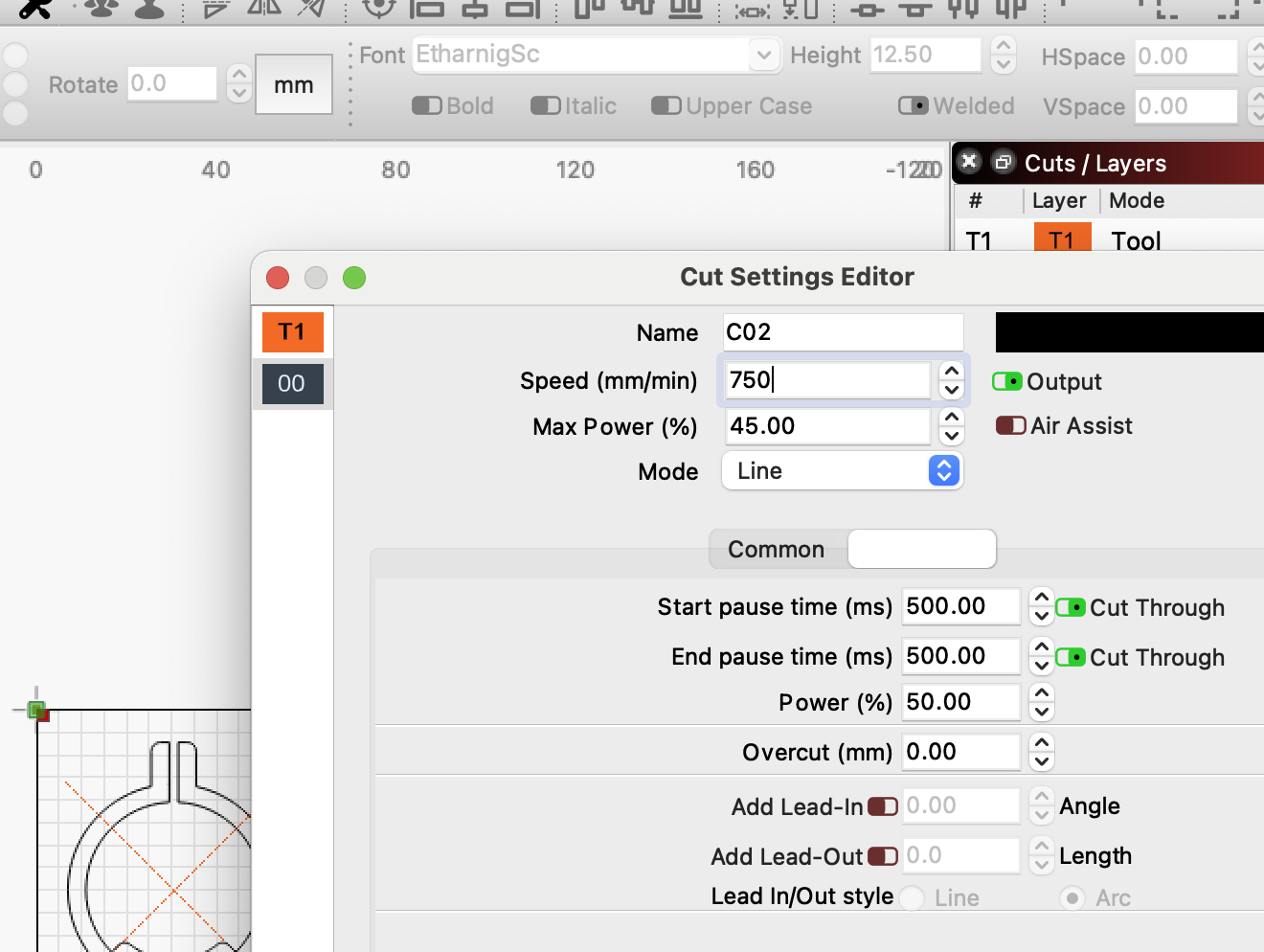
Please note that LightBurn does not support the stock M2-Nano board in the popular K40 laser. If it doesn't work, sometimes it only takes a day or two to make the required changes to support a new board in these existing families. If your controller is GCode, Ruida, Trocen, or TopWisdom based, even if it's not listed it might be supported already - Download the free trial and try it for yourself. More controllers will be added soon, so if you don't see yours listed, send us a message - maybe we're already working on it! Supported Trocen controllers include the AWC708C, AWC608, and TL-3120.

Supported Ruida controllers include the RDC6442G/S, RDC6445G, RDC6332G, RDLC-320A, and R5-DSP. Supported GCode controllers,include Grbl, Smoothieware, Grbl-LPC, and Marlin. We currently support most Ruida, Trocen, TopWisdom, and GCode based controllers. Motherboard interface is compatible with existing machines.LightBurn talks directly to your laser, without the use of additional software. The improvement that can be brought to the current machine is the increase in motion speed. The chip performance is 50% stronger than stm32. Later we will upgrade this chip on all master machines.

So, don’t worry about your atmel performance is not strong enough. The performance of atmel is completely sufficient! , Because the cutting speed is determined by the laser power, the engraving speed is determined by the weight of the module and the sliding module. The stm32 chip can increase the main frequency and can indeed increase the movement speed of the machine, but there is no increase in cutting speed and engraving speed! why?Ĭompared with atmel, the actual increase in cutting speed and engraving speed is not obvious. Regarding the 32-bit stm32 and atmel chips, atmel is the original grbl dedicated chip. They acknowledge the speed advantages of the 32-bit platforms:Ībout STM32 and atmel chips? (2020.10.31) Take a look at this excerpt from the NEJE wiki. I’ve seen a number of discussions on speed considerations for this. But for things like engraving and traversal moves this could very much be a limiting factor. This probably won’t be a limiting factor for most diode cutting operations. This is especially true for more computationally intensive operations like arc moves. You may be speaking theoretically but the limits of the 8-bit arduino platform has run its course in the 3D printing world and in the laser world as well largely because of performance considerations.


 0 kommentar(er)
0 kommentar(er)
